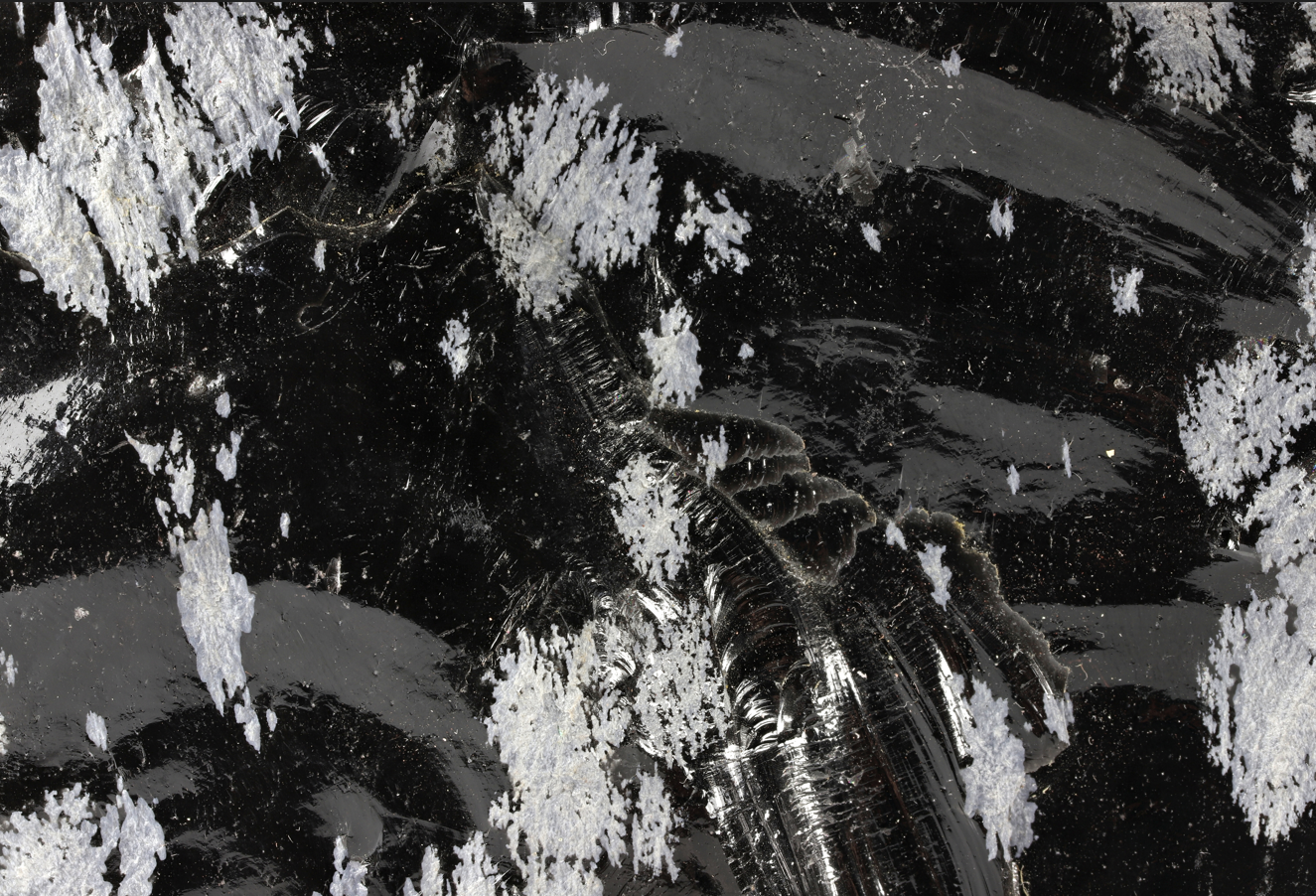Snowflake obsidian is a form of volcanic glass that features white or grayish “snowflake” shapes made of embedded cristobalite. These pretty patterns are not artificially added as a cheap holiday gimmick – they’re a natural consequence of the unique geological forces that create the material.
Like other igneous rocks, the glossy glass originates from molten rock that has been spewed out from the bowels of the Earth via volcanoes.
Before we get into the snowflakes, obsidian is formed when rhyolitic magma (viscous molten rock with high concentrations of silica, but low levels of water and gas) quickly cools into a solid material without the time for a crystalline phase.
It’s typically composed of around 70 percent or more non-crystallized silica, along with a bunch of different trace elements. It appears as a dark glassy rock that’s typically black, although it can take on hues of green, brown, and other colors due to impurities.
Snowflake obsidian properties
Because of the lack of crystals in the overall structure, pure obsidian takes on a smooth, glossy shine. However, snowflake patterns can occasionally appear within the material due to the presence of the mineral cristobalite, which has been created through a partial crystallization of the glass.

An up-close shot of obsidian showing the “snowflakes” containing the mineral cristobalite.
Image credit: Bjoern Wylezich/Shutterstock.com
Since it’s born out of molten rock, obsidian is only found in volcanic regions of the world, including in parts of the United States, such as the Mountain West, Southwest, California, Oregon, and Washington State. According to the Field Museum, their collections of obsidian come from at least 30 chemically distinct sources across North America.
Some of these come from ancient artifacts crafted by Native Americans centuries, if not millennia, ago. Indeed, obsidian tools and weapons have been found across the world from a variety of different cultures. Not only is it a visually attractive material, but it can easily be worked to create sharp edges, perfect for spearheads, knives, and hand-axes.
Does snowflake obsidian have healing properties?
Snowflake obsidian has been linked by some to various healing properties, cosmic energies, and other supernatural wonders – none of which have been scientifically validated. Rocks can possess all kinds of weird and freaky properties – radioactive decay, magnetism, etc – but there’s no evidence that they can directly influence the inner workings of human life or the emotions of people.
While it may not possess otherworldly powers, snowflake obsidian is undeniably a beautiful material with a fascinating origin.
Source Link: Snowflake Obsidian: An Aptly Festive Rock Forged By Earth's Volcanic Eruptions